Comment Verizon et un optimiseur BGP ont affecté de nombreuses partie d’Internet aujourd’hu
Une fuite massive de routes a eu un impact sur de nombreuses parties d'Internet, y compris sur Cloudflare
Que s'est-il passé ?
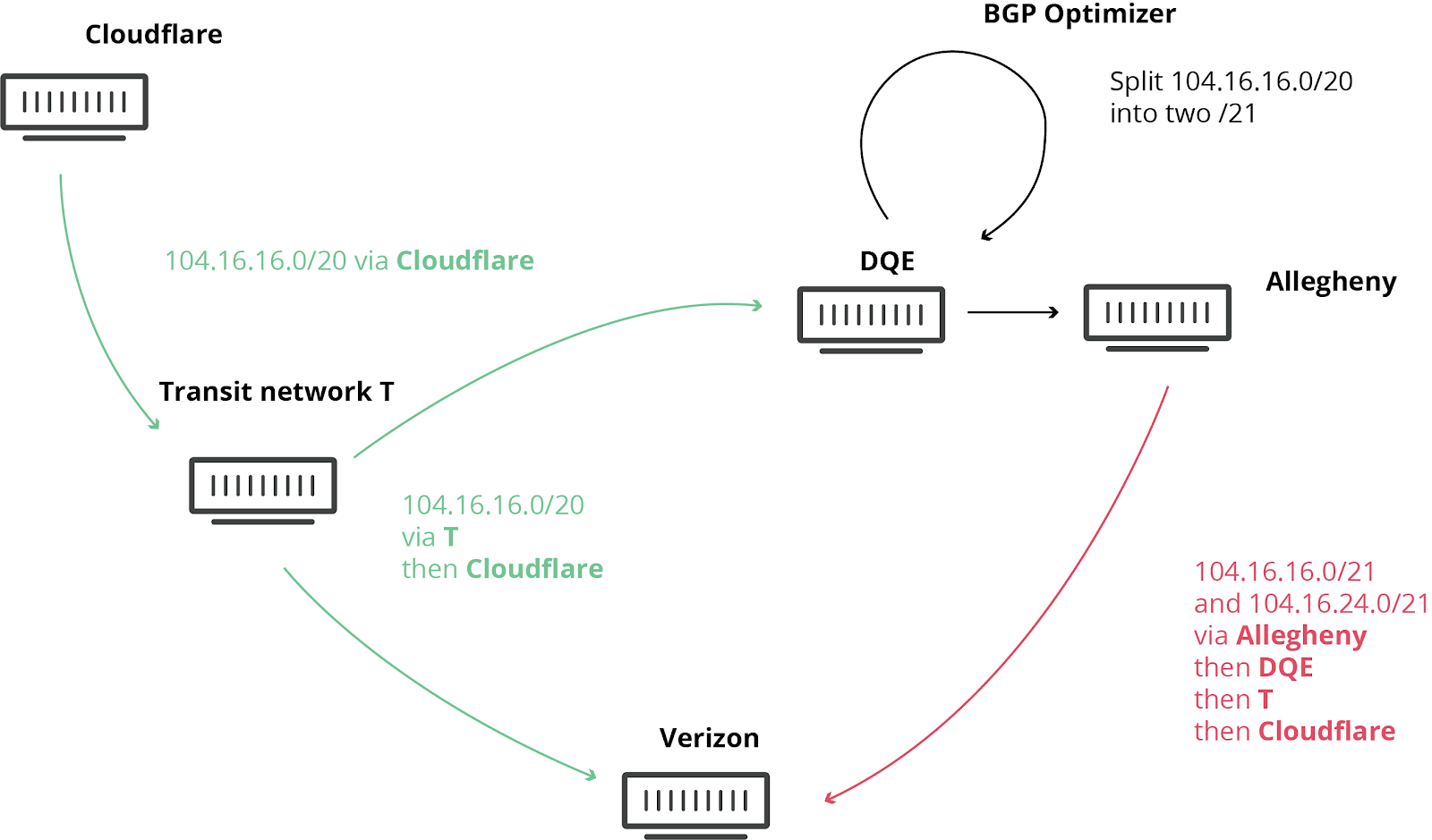
Aujourd'hui à 10h30 UTC, Internet a connu une sorte de mini crise cardiaque. Une petite entreprise du nord de la Pennsylvanie est devenue le chemin privilégié de nombreuses routes Internet à cause de Verizon (AS701), un important fournisseur de transit Internet. C’est un peu comme si Waze venait à diriger le trafic d’une autoroute complète vers une petite rue de quartier : de nombreux sites Web sur Cloudflare et beaucoup d’autres fournisseurs étaient indisponibles depuis une grande partie du réseau. Cet incident n'aurait jamais dû arriver, car Verizon n'aurait jamais dû transmettre ces itinéraires au reste d’Internet. Pour en comprendre les raisons, lisez la suite de cet article.
Nous avons déjà écrit un certain nombre d’articles par le passé sur ces événements malheureux qui sont plus fréquents qu’on ne le pense. Cette fois, les effets ont pu être observés dans le monde entier. Aujourd’hui, le problème a été aggravé par l’implication d’un produit « Optimiseur BGP » de Noction. Ce produit dispose d’une fonctionnalité qui permet de diviser les préfixes IP reçus en parties contributives plus petites (appelées « Continue reading
Comment Verizon et un optimiseur BGP ont affecté de nombreuses partie d’Internet aujourd’hu
Une fuite massive de routes a eu un impact sur de nombreuses parties d'Internet, y compris sur Cloudflare
Que s'est-il passé ?

Aujourd'hui à 10h30 UTC, Internet a connu une sorte de mini crise cardiaque. Une petite entreprise du nord de la Pennsylvanie est devenue le chemin privilégié de nombreuses routes Internet à cause de Verizon (AS701), un important fournisseur de transit Internet. C’est un peu comme si Waze venait à diriger le trafic d’une autoroute complète vers une petite rue de quartier : de nombreux sites Web sur Cloudflare et beaucoup d’autres fournisseurs étaient indisponibles depuis une grande partie du réseau. Cet incident n'aurait jamais dû arriver, car Verizon n'aurait jamais dû transmettre ces itinéraires au reste d’Internet. Pour en comprendre les raisons, lisez la suite de cet article.
Nous avons déjà écrit un certain nombre d’articles par le passé sur ces événements malheureux qui sont plus fréquents qu’on ne le pense. Cette fois, les effets ont pu être observés dans le monde entier. Aujourd’hui, le problème a été aggravé par l’implication d’un produit « Optimiseur BGP » de Noction. Ce produit dispose d’une fonctionnalité qui permet de diviser les préfixes IP reçus en parties contributives plus petites (appelées « Continue reading
Join Cloudflare & Moz at our next meetup, Serverless in Seattle!


Cloudflare is organizing a meetup in Seattle on Tuesday, June 25th and we hope you can join. We’ll be bringing together members of the developers community and Cloudflare users for an evening of discussion about serverless compute and the infinite number of use cases for deploying code at the edge.
To kick things off, our guest speaker Devin Ellis will share how Moz uses Cloudflare Workers to reduce time to first byte 30-70% by caching dynamic content at the edge. Kirk Schwenkler, Solutions Engineering Lead at Cloudflare, will facilitate this discussion and share his perspective on how to grow and secure businesses at scale.
Next up, Developer Advocate Kristian Freeman will take you through a live demo of Workers and highlight new features of the platform. This will be an interactive session where you can try out Workers for free and develop your own applications using our new command-line tool.
Food and drinks will be served til close so grab your laptop and a friend and come on by!
View Event Details & Register Here
Agenda:
Join Cloudflare & Moz at our next meetup, Serverless in Seattle!


Cloudflare is organizing a meetup in Seattle on Tuesday, June 25th and we hope you can join. We’ll be bringing together members of the developers community and Cloudflare users for an evening of discussion about serverless compute and the infinite number of use cases for deploying code at the edge.
To kick things off, our guest speaker Devin Ellis will share how Moz uses Cloudflare Workers to reduce time to first byte 30-70% by caching dynamic content at the edge. Kirk Schwenkler, Solutions Engineering Lead at Cloudflare, will facilitate this discussion and share his perspective on how to grow and secure businesses at scale.
Next up, Developer Advocate Kristian Freeman will take you through a live demo of Workers and highlight new features of the platform. This will be an interactive session where you can try out Workers for free and develop your own applications using our new command-line tool.
Food and drinks will be served til close so grab your laptop and a friend and come on by!
View Event Details & Register Here
Agenda:
Introducing time.cloudflare.com

This is a guest post by Aanchal Malhotra, a Graduate Research Assistant at Boston University and former Cloudflare intern on the Cryptography team.

Cloudflare has always been a leader in deploying secure versions of insecure Internet protocols and making them available for free for anyone to use. In 2014, we launched one of the world’s first free, secure HTTPS service (Universal SSL) to go along with our existing free HTTP plan. When we launched the 1.1.1.1 DNS resolver, we also supported the new secure versions of DNS (DNS over HTTPS and DNS over TLS). Today, we are doing the same thing for the Network Time Protocol (NTP), the dominant protocol for obtaining time over the Internet.
This announcement is personal for me. I've spent the last four years identifying and fixing vulnerabilities in time protocols. Today I’m proud to help introduce a service that would have made my life from 2015 through 2019 a whole lot harder: time.cloudflare.com, a free time service that supports both NTP and the emerging Network Time Security (NTS) protocol for securing NTP. Now, anyone can get time securely from all our datacenters in Continue reading
Introducing time.cloudflare.com

This is a guest post by Aanchal Malhotra, a Graduate Research Assistant at Boston University and former Cloudflare intern on the Cryptography team.

Cloudflare has always been a leader in deploying secure versions of insecure Internet protocols and making them available for free for anyone to use. In 2014, we launched one of the world’s first free, secure HTTPS service (Universal SSL) to go along with our existing free HTTP plan. When we launched the 1.1.1.1 DNS resolver, we also supported the new secure versions of DNS (DNS over HTTPS and DNS over TLS). Today, as part of Crypto Week 2019, we are doing the same thing for the Network Time Protocol (NTP), the dominant protocol for obtaining time over the Internet.
This announcement is personal for me. I've spent the last four years identifying and fixing vulnerabilities in time protocols. Today I’m proud to help introduce a service that would have made my life from 2015 through 2019 a whole lot harder: time.cloudflare.com, a free time service that supports both NTP and the emerging Network Time Security (NTS) protocol for securing NTP. Now, anyone can get Continue reading
The Quantum Menace


Over the last few decades, the word ‘quantum’ has become increasingly popular. It is common to find articles, reports, and many people interested in quantum mechanics and the new capabilities and improvements it brings to the scientific community. This topic not only concerns physics, since the development of quantum mechanics impacts on several other fields such as chemistry, economics, artificial intelligence, operations research, and undoubtedly, cryptography.
This post begins a trio of blogs describing the impact of quantum computing on cryptography, and how to use stronger algorithms resistant to the power of quantum computing.
- This post introduces quantum computing and describes the main aspects of this new computing model and its devastating impact on security standards; it summarizes some approaches to securing information using quantum-resistant algorithms.
- Due to the relevance of this matter, we present our experiments on a large-scale deployment of quantum-resistant algorithms.
- Our third post introduces CIRCL, open-source Go library featuring optimized implementations of quantum-resistant algorithms and elliptic curve-based primitives.
All of this is part of Cloudflare’s Crypto Week 2019, now fasten your seatbelt and get ready to make a quantum leap.
What is Quantum Computing?
Back in 1981, Richard Feynman raised the question about what Continue reading
The Quantum Menace


Over the last few decades, the word ‘quantum’ has become increasingly popular. It is common to find articles, reports, and many people interested in quantum mechanics and the new capabilities and improvements it brings to the scientific community. This topic not only concerns physics, since the development of quantum mechanics impacts on several other fields such as chemistry, economics, artificial intelligence, operations research, and undoubtedly, cryptography.
This post begins a trio of blogs describing the impact of quantum computing on cryptography, and how to use stronger algorithms resistant to the power of quantum computing.
- This post introduces quantum computing and describes the main aspects of this new computing model and its devastating impact on security standards; it summarizes some approaches to securing information using quantum-resistant algorithms.
- Due to the relevance of this matter, we present our experiments on a large-scale deployment of quantum-resistant algorithms.
- Our third post introduces CIRCL, open-source Go library featuring optimized implementations of quantum-resistant algorithms and elliptic curve-based primitives.
All of this is part of Cloudflare’s Crypto Week 2019, now fasten your seatbelt and get ready to make a quantum leap.
What is Quantum Computing?
Back in 1981, Richard Feynman raised the question about what Continue reading
Towards Post-Quantum Cryptography in TLS
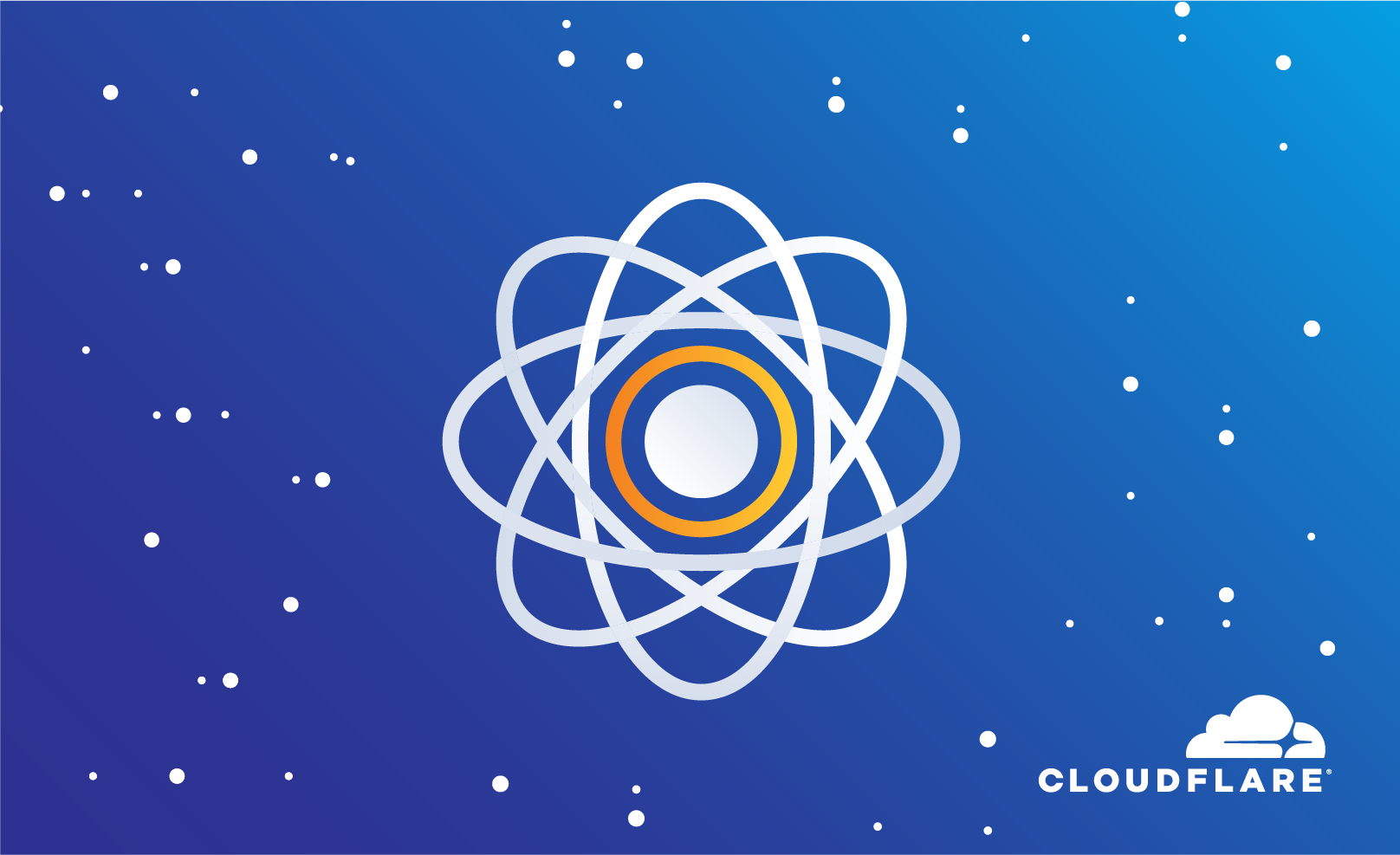
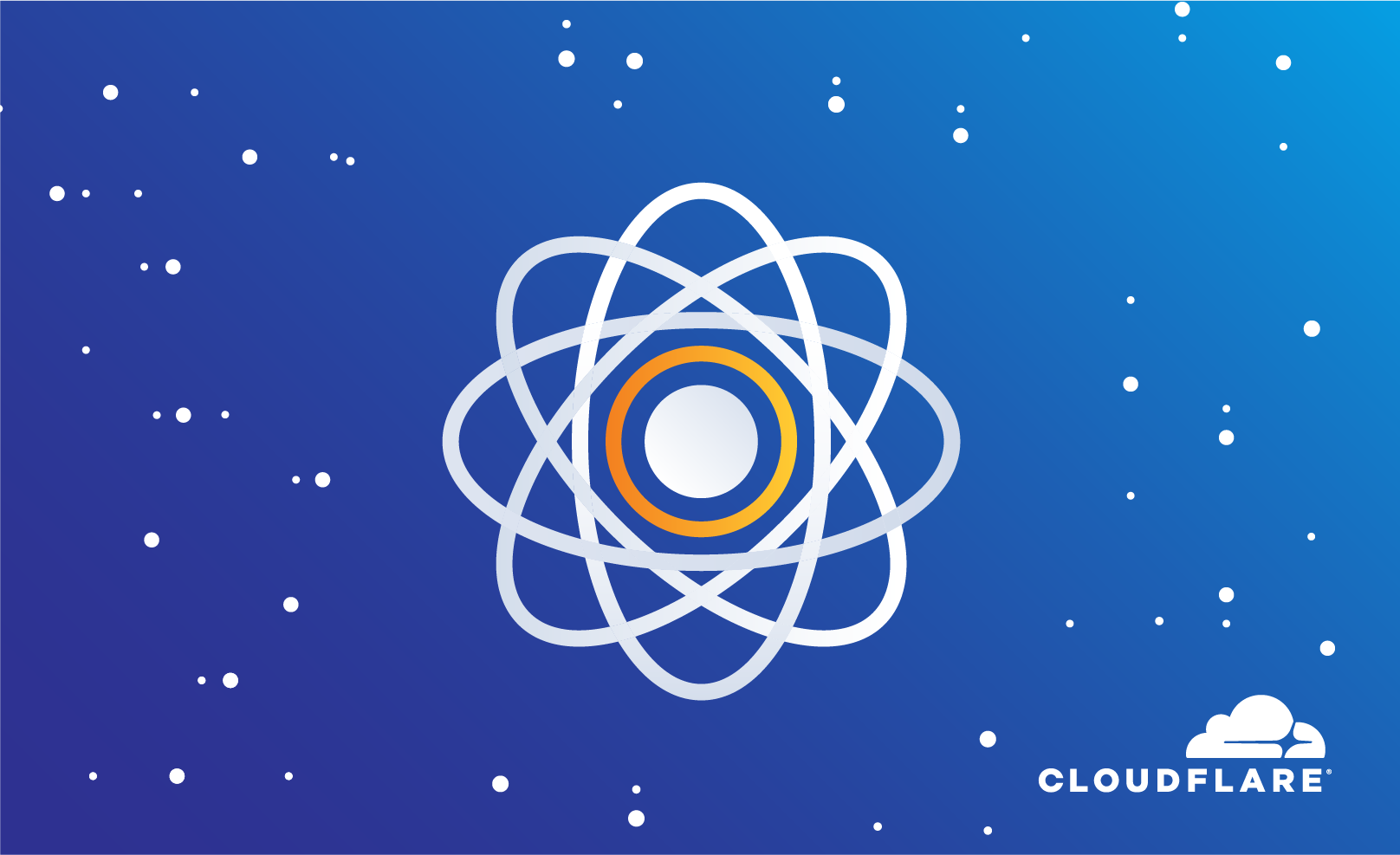
We live in a completely connected society. A society connected by a variety of devices: laptops, mobile phones, wearables, self-driving or self-flying things. We have standards for a common language that allows these devices to communicate with each other. This is critical for wide-scale deployment – especially in cryptography where the smallest detail has great importance.
One of the most important standards-setting organizations is the National Institute of Standards and Technology (NIST), which is hugely influential in determining which standardized cryptographic systems see worldwide adoption. At the end of 2016, NIST announced it would hold a multi-year open project with the goal of standardizing new post-quantum (PQ) cryptographic algorithms secure against both quantum and classical computers.
Many of our devices have very different requirements and capabilities, so it may not be possible to select a “one-size-fits-all” algorithm during the process. NIST mathematician, Dustin Moody, indicated that institute will likely select more than one algorithm:
“There are several systems in use that could be broken by a quantum computer - public-key encryption and digital signatures, to take two examples - and we will need different solutions for each of those systems.”
Initially, NIST selected 82 candidates for further consideration from Continue reading
Towards Post-Quantum Cryptography in TLS


We live in a completely connected society. A society connected by a variety of devices: laptops, mobile phones, wearables, self-driving or self-flying things. We have standards for a common language that allows these devices to communicate with each other. This is critical for wide-scale deployment – especially in cryptography where the smallest detail has great importance.
One of the most important standards-setting organizations is the National Institute of Standards and Technology (NIST), which is hugely influential in determining which standardized cryptographic systems see worldwide adoption. At the end of 2016, NIST announced it would hold a multi-year open project with the goal of standardizing new post-quantum (PQ) cryptographic algorithms secure against both quantum and classical computers.
Many of our devices have very different requirements and capabilities, so it may not be possible to select a “one-size-fits-all” algorithm during the process. NIST mathematician, Dustin Moody, indicated that institute will likely select more than one algorithm:
“There are several systems in use that could be broken by a quantum computer - public-key encryption and digital signatures, to take two examples - and we will need different solutions for each of those systems.”
Initially, NIST selected 82 candidates for further consideration from Continue reading
Introducing CIRCL: An Advanced Cryptographic Library
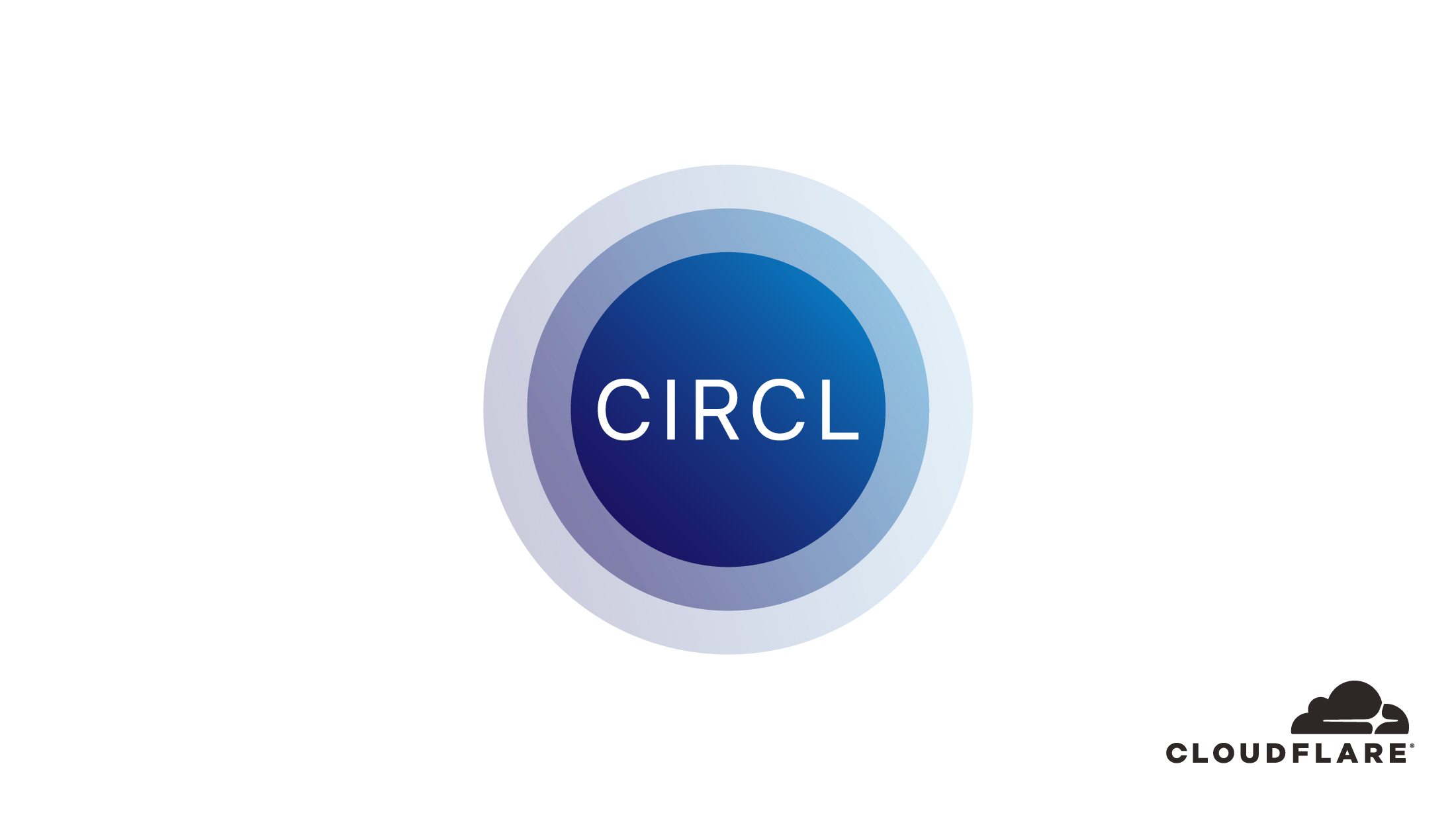
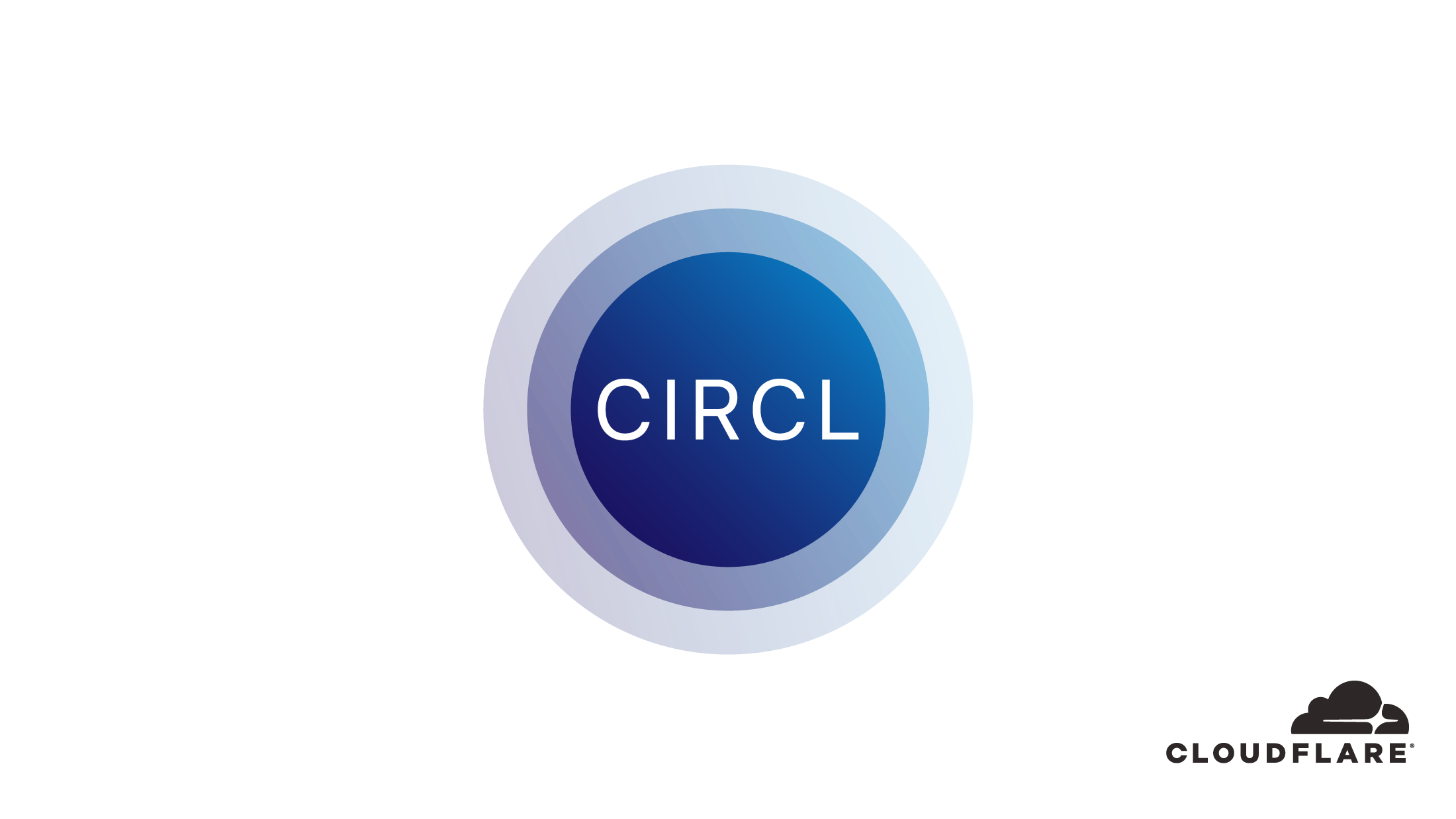
As part of Crypto Week 2019, today we are proud to release the source code of a cryptographic library we’ve been working on: a collection of cryptographic primitives written in Go, called CIRCL. This library includes a set of packages that target cryptographic algorithms for post-quantum (PQ), elliptic curve cryptography, and hash functions for prime groups. Our hope is that it’s useful for a broad audience. Get ready to discover how we made CIRCL unique.
Cryptography in Go
We use Go a lot at Cloudflare. It offers a good balance between ease of use and performance; the learning curve is very light, and after a short time, any programmer can get good at writing fast, lightweight backend services. And thanks to the possibility of implementing performance critical parts in Go assembly, we can try to ‘squeeze the machine’ and get every bit of performance.
Cloudflare’s cryptography team designs and maintains security-critical projects. It's not a secret that security is hard. That's why, we are introducing the Cloudflare Interoperable Reusable Cryptographic Library - CIRCL. There are multiple goals behind CIRCL. First, we want to concentrate our efforts to implement cryptographic primitives in a single place. This makes it easier Continue reading
Introducing CIRCL: An Advanced Cryptographic Library


As part of Crypto Week 2019, today we are proud to release the source code of a cryptographic library we’ve been working on: a collection of cryptographic primitives written in Go, called CIRCL. This library includes a set of packages that target cryptographic algorithms for post-quantum (PQ), elliptic curve cryptography, and hash functions for prime groups. Our hope is that it’s useful for a broad audience. Get ready to discover how we made CIRCL unique.
Cryptography in Go
We use Go a lot at Cloudflare. It offers a good balance between ease of use and performance; the learning curve is very light, and after a short time, any programmer can get good at writing fast, lightweight backend services. And thanks to the possibility of implementing performance critical parts in Go assembly, we can try to ‘squeeze the machine’ and get every bit of performance.
Cloudflare’s cryptography team designs and maintains security-critical projects. It's not a secret that security is hard. That's why, we are introducing the Cloudflare Interoperable Reusable Cryptographic Library - CIRCL. There are multiple goals behind CIRCL. First, we want to concentrate our efforts to implement cryptographic primitives in a single place. This makes it easier Continue reading
Cloudflare’s Ethereum Gateway
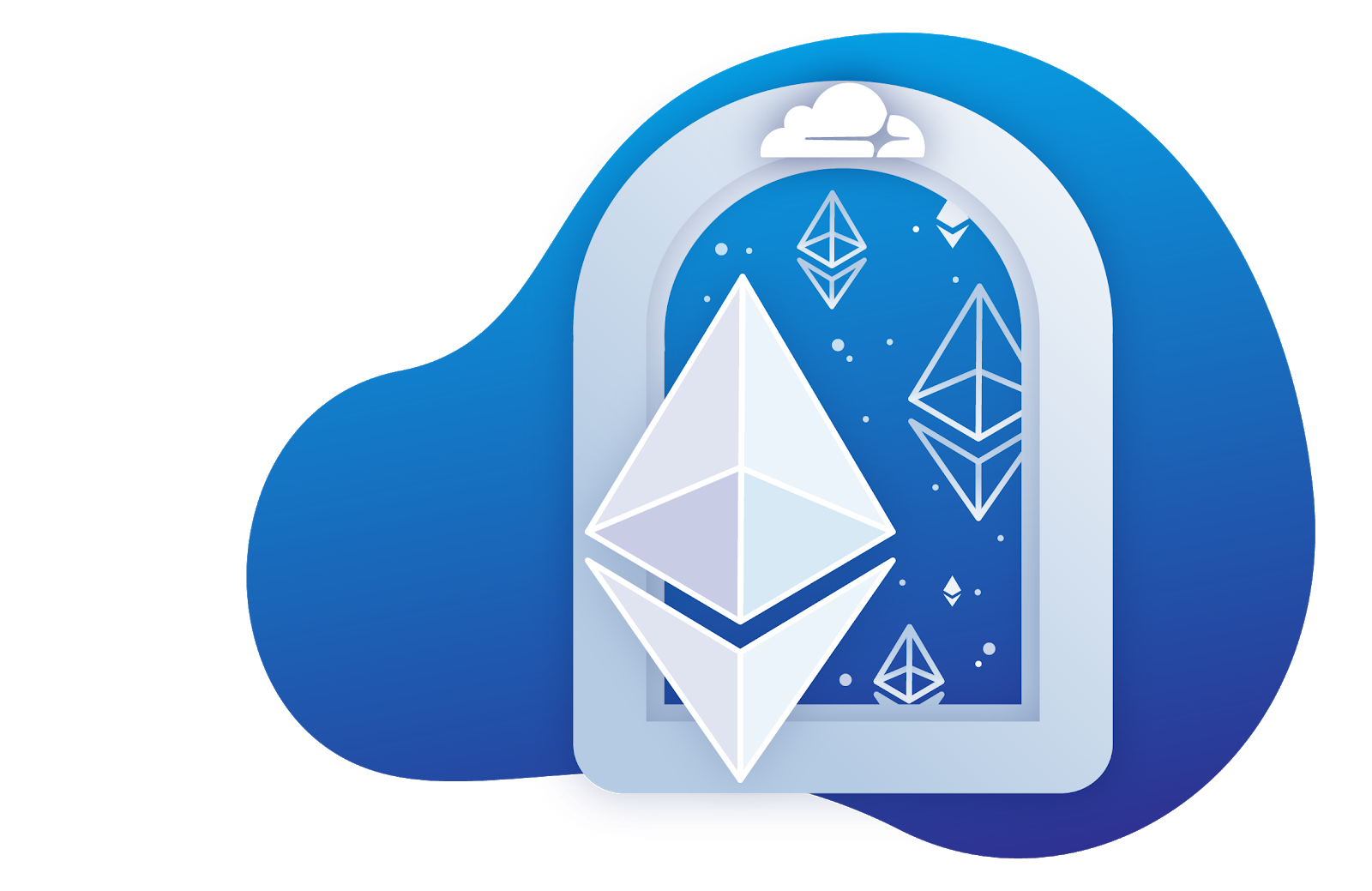

Today, we are excited to announce Cloudflare's Ethereum Gateway, where you can interact with the Ethereum network without installing any additional software on your computer.
This is another tool in Cloudflare’s Distributed Web Gateway tool set. Currently, Cloudflare lets you host content on the InterPlanetary File System (IPFS) and access it through your own custom domain. Similarly, the new Ethereum Gateway allows access to the Ethereum network, which you can provision through your custom hostname.
This setup makes it possible to add interactive elements to sites powered by Ethereum smart contracts, a decentralized computing platform. And, in conjunction with the IPFS gateway, this allows hosting websites and resources in a decentralized manner, and has the extra bonus of the added speed, security, and reliability provided by the Cloudflare edge network. You can access our Ethereum gateway directly at https://cloudflare-eth.com.
This brief primer on how Ethereum and smart contracts work has examples of the many possibilities of using the Cloudflare Distributed Web Gateway.
Primer on Ethereum
You may have heard of Ethereum as a cryptocurrency. What you may not know is that Ethereum is so much more. Ethereum is a distributed virtual computing network that stores and enforces smart Continue reading
Cloudflare’s Ethereum Gateway


Today, as part of Crypto Week 2019, we are excited to announce Cloudflare's Ethereum Gateway, where you can interact with the Ethereum network without installing any additional software on your computer.
This is another tool in Cloudflare’s Distributed Web Gateway tool set. Currently, Cloudflare lets you host content on the InterPlanetary File System (IPFS) and access it through your own custom domain. Similarly, the new Ethereum Gateway allows access to the Ethereum network, which you can provision through your custom hostname.
This setup makes it possible to add interactive elements to sites powered by Ethereum smart contracts, a decentralized computing platform. And, in conjunction with the IPFS gateway, this allows hosting websites and resources in a decentralized manner, and has the extra bonus of the added speed, security, and reliability provided by the Cloudflare edge network. You can access our Ethereum gateway directly at https://cloudflare-eth.com.
This brief primer on how Ethereum and smart contracts work has examples of the many possibilities of using the Cloudflare Distributed Web Gateway.
Primer on Ethereum
You may have heard of Ethereum as a cryptocurrency. What you may not know is that Ethereum is so much more. Ethereum is a distributed virtual Continue reading
Continuing to Improve our IPFS Gateway


When we launched our InterPlanetary File System (IPFS) gateway last year we were blown away by the positive reception. Countless people gave us valuable suggestions for improvement and made open-source contributions to make serving content through our gateway easy (many captured in our developer docs). Since then, our gateway has grown to regularly handle over a thousand requests per second, and has become the primary access point for several IPFS websites.
We’re committed to helping grow IPFS and have taken what we have learned since our initial release to improve our gateway. So far, we’ve done the following:
Automatic Cache Purge
One of the ways we tried to improve the performance of our gateway when we initially set it up was by setting really high cache TTLs. After all, content on IPFS is largely meant to be static. The complaint we heard though, was that site owners were frustrated at wait times upwards of several hours for changes to their website to propagate.
The way an IPFS gateway knows what content to serve when it receives a request for a given domain is by looking up the value of a TXT record associated with the domain – the DNSLink Continue reading
Securing Certificate Issuance using Multipath Domain Control Validation


This blog post is part of Crypto Week 2019.
Trust on the Internet is underpinned by the Public Key Infrastructure (PKI). PKI grants servers the ability to securely serve websites by issuing digital certificates, providing the foundation for encrypted and authentic communication.
Certificates make HTTPS encryption possible by using the public key in the certificate to verify server identity. HTTPS is especially important for websites that transmit sensitive data, such as banking credentials or private messages. Thankfully, modern browsers, such as Google Chrome, flag websites not secured using HTTPS by marking them “Not secure,” allowing users to be more security conscious of the websites they visit.
This blog post introduces a new, free tool Cloudflare offers to CAs so they can further secure certificate issuance. But before we dive in too deep, let’s talk about where certificates come from.
Certificate Authorities
Certificate Authorities (CAs) are the institutions responsible for issuing certificates.
When issuing a certificate for any given domain, they use Domain Control Validation (DCV) to verify that the entity requesting a certificate for the domain is the legitimate owner of the domain. With DCV the domain owner:
- creates a DNS resource record for a domain;
- uploads a document to Continue reading
League of Entropy: Not All Heroes Wear Capes


To kick-off Crypto Week 2019, we are really excited to announce a new solution to a long-standing problem in cryptography. To get a better understanding of the technical side behind this problem, please refer to the next post for a deeper dive.
Everything from cryptography to big money lottery to quantum mechanics requires some form of randomness. But what exactly does it mean for a number to be randomly generated and where does the randomness come from?
Generating randomness dates back three thousand years, when the ancients rolled “the bones” to determine their fate. Think of lotteries-- seems simple, right? Everyone buys their tickets, chooses six numbers, and waits for an official to draw them randomly from a basket. Sounds like a foolproof solution. And then in 1980, the host of the Pennsylvania lottery drawing was busted for using weighted balls to choose the winning number. This lesson, along with the need of other complex systems for generating random numbers spurred the creation of random number generators.
Just like a lottery game selects random numbers unpredictably, a random number generator is a device or software responsible for generating sequences of numbers in an unpredictable manner. As the need for Continue reading
Inside the Entropy

Randomness, randomness everywhere;
Nor any verifiable entropy.
Generating random outcomes is an essential part of everyday life; from lottery drawings and constructing competitions, to performing deep cryptographic computations. To use randomness, we must have some way to 'sample' it. This requires interpreting some natural phenomenon (such as a fair dice roll) as an event that generates some random output. From a computing perspective, we interpret random outputs as bytes that we can then use in algorithms (such as drawing a lottery) to achieve the functionality that we want.
The sampling of randomness securely and efficiently is a critical component of all modern computing systems. For example, nearly all public-key cryptography relies on the fact that algorithms can be seeded with bytes generated from genuinely random outcomes.
In scientific experiments, a random sampling of results is necessary to ensure that data collection measurements are not skewed. Until now, generating random outputs in a way that we can verify that they are indeed random has been very difficult; typically involving taking a variety of statistical measurements.

During Crypto week, Cloudflare is releasing a new public randomness beacon as part of the launch of the League of Entropy. The League of Entropy is Continue reading
Welcome to Crypto Week 2019

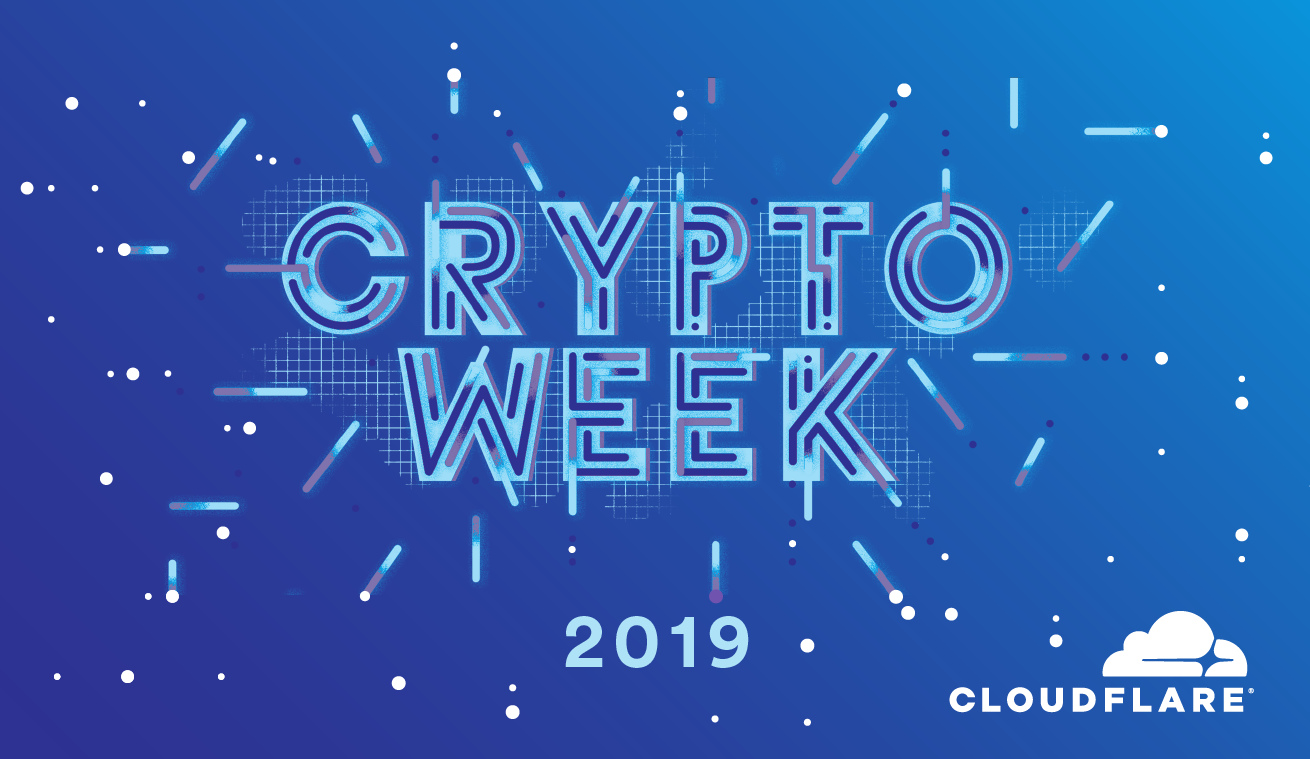
The Internet is an extraordinarily complex and evolving ecosystem. Its constituent protocols range from the ancient and archaic (hello FTP) to the modern and sleek (meet WireGuard), with a fair bit of everything in between. This evolution is ongoing, and as one of the most connected networks on the Internet, Cloudflare has a duty to be a good steward of this ecosystem. We take this responsibility to heart: Cloudflare’s mission is to help build a better Internet. In this spirit, we are very proud to announce Crypto Week 2019.
Every day this week we’ll announce a new project or service that uses modern cryptography to build a more secure, trustworthy Internet. Everything we release this week will be free and immediately useful. This blog is a fun exploration of the themes of the week.
- Monday: Coming Soon
- Tuesday: Coming Soon
- Wednesday: Coming Soon
- Thursday: Coming Soon
- Friday: Coming Soon
The Internet of the Future
Many pieces of the Internet in use today were designed in a different era with different assumptions. The Internet’s success is based on strong foundations that support constant reassessment and improvement. Sometimes these improvements require deploying new protocols.
Performing an upgrade on a system Continue reading
Security Compliance at Cloudflare

Cloudflare believes trust is fundamental to helping build a better Internet. One way Cloudflare is helping our customers earn their users’ trust is through industry standard security compliance certifications and regulations.
Security compliance certifications are reports created by independent, third-party auditors that validate and document a company’s commitment to security. These external auditors will conduct a rigorous review of a company’s technical environment and evaluate whether or not there are thorough controls - or safeguards - in place to protect the security, confidentiality, and availability of information stored and processed in the environment. SOC 2 was established by the American Institute of CPAs and is important to many of our U.S. companies, as it is a standardized set of requirements a company must meet in order to comply. Additionally, PCI and ISO 27001 are international standards. Cloudflare cares about achieving certifications because our adherence to these standards creates confidence to customers across the globe that we are committed to security. So, the Security team has been hard at work obtaining these meaningful compliance certifications.
Since the beginning of this year, we have been renewing our PCI DSS certification in February, achieving SOC 2 Type 1 compliance in March, obtaining Continue reading
